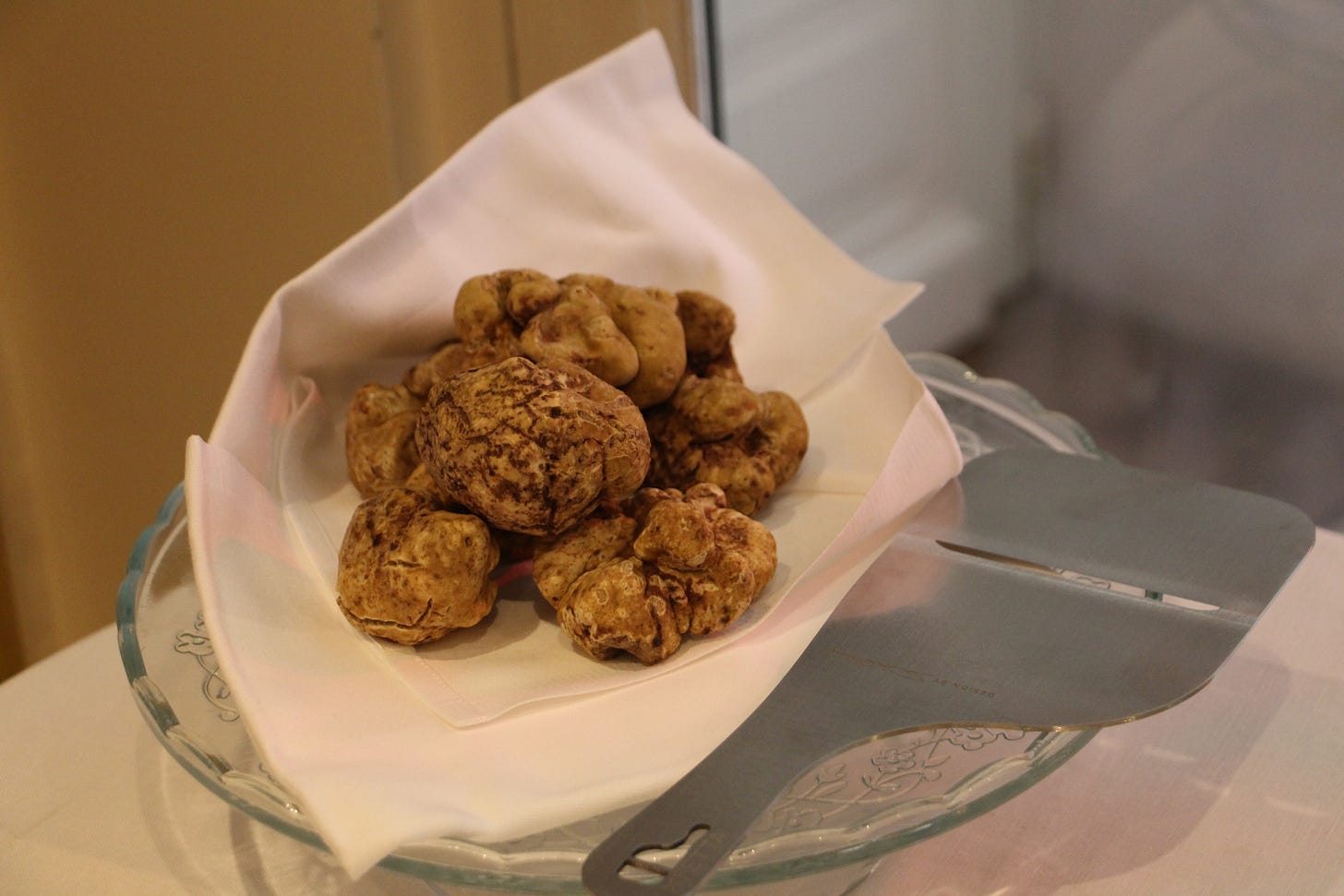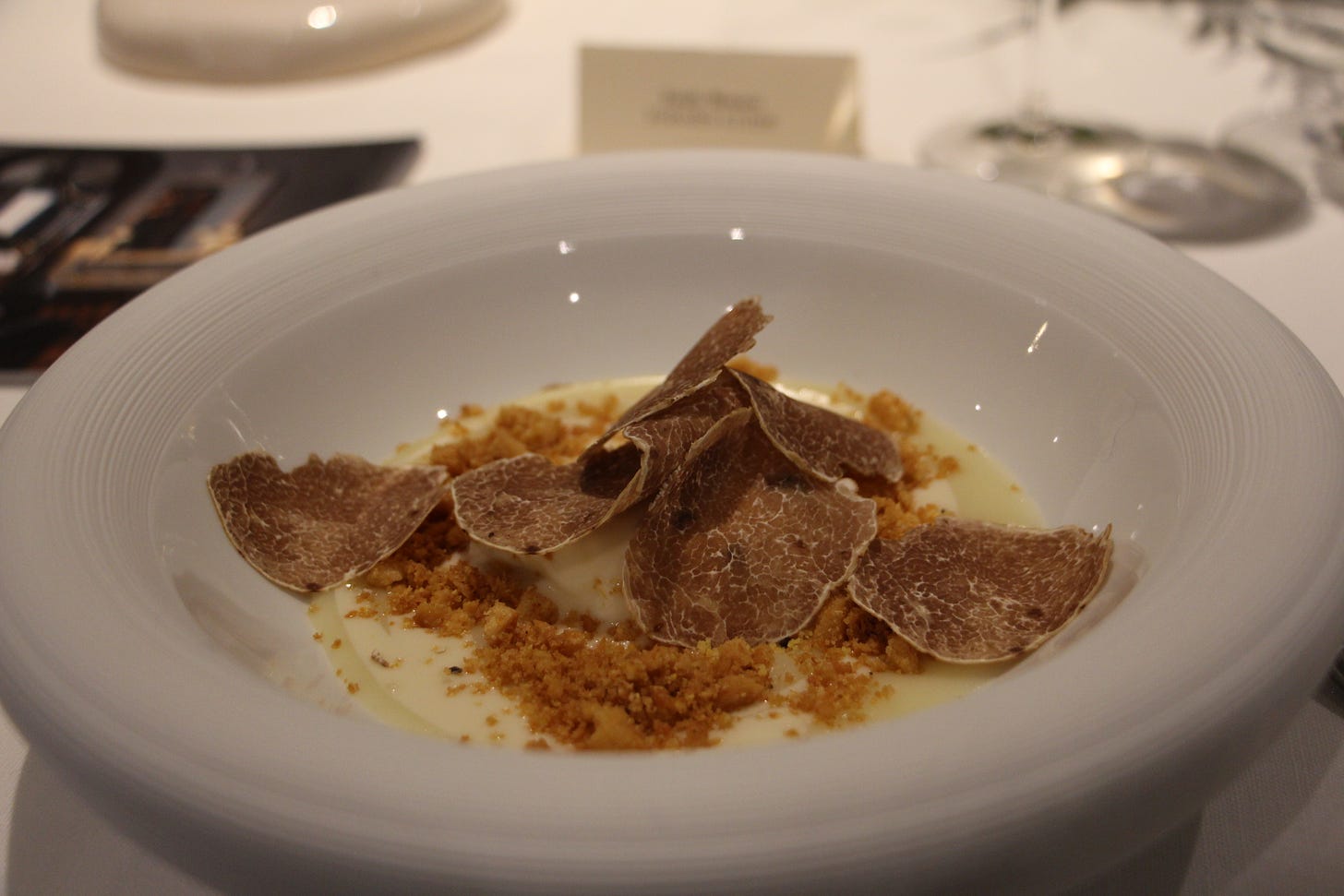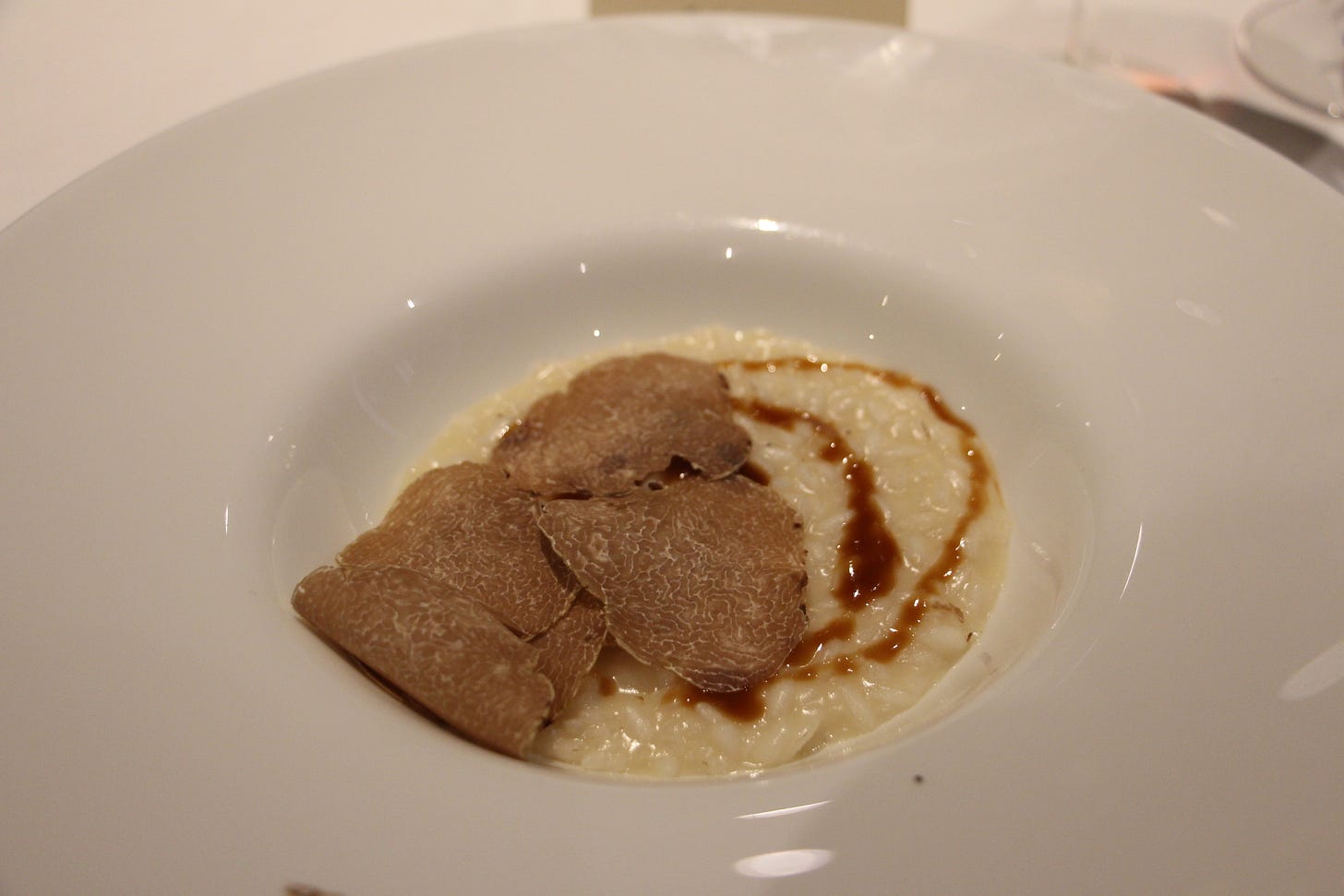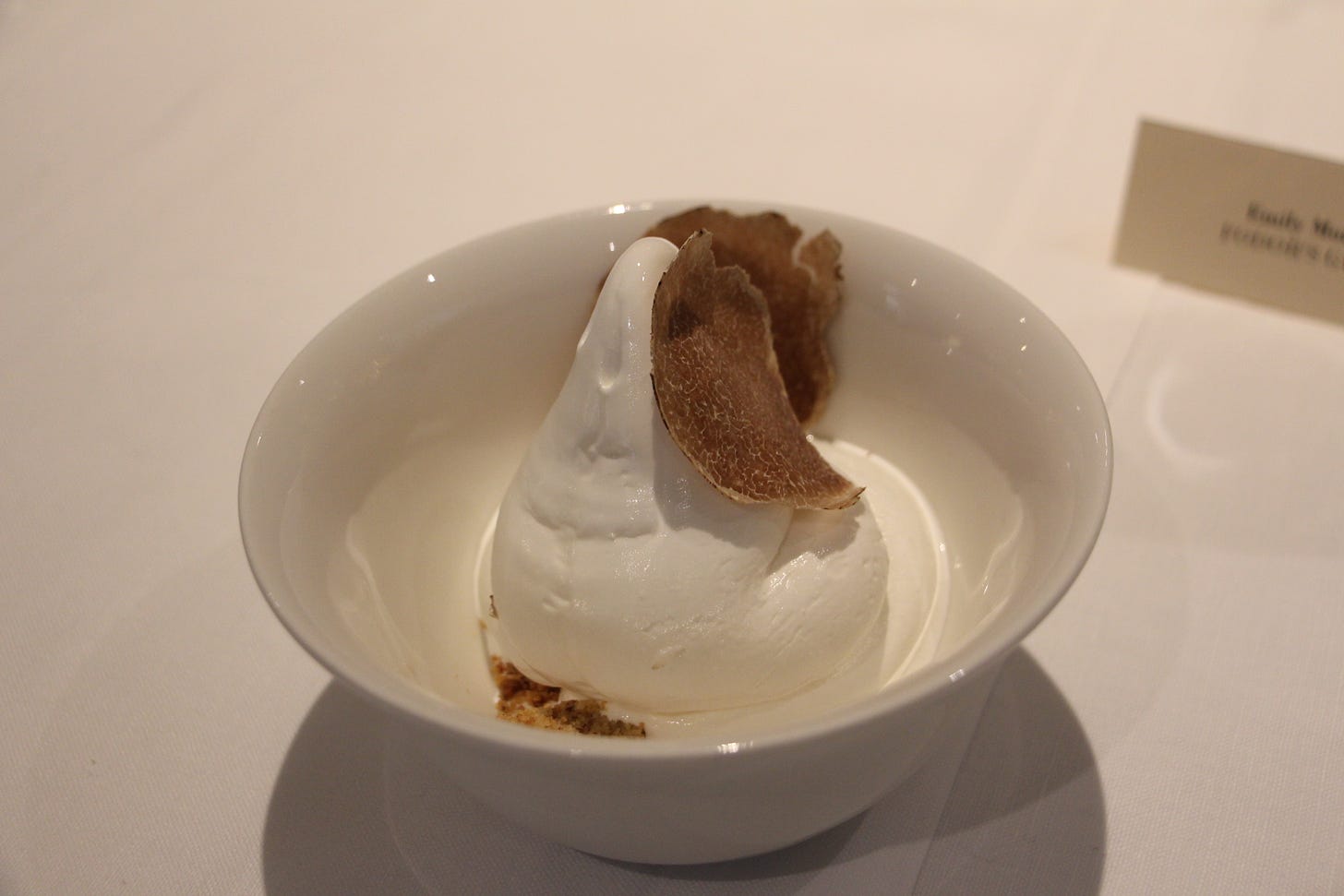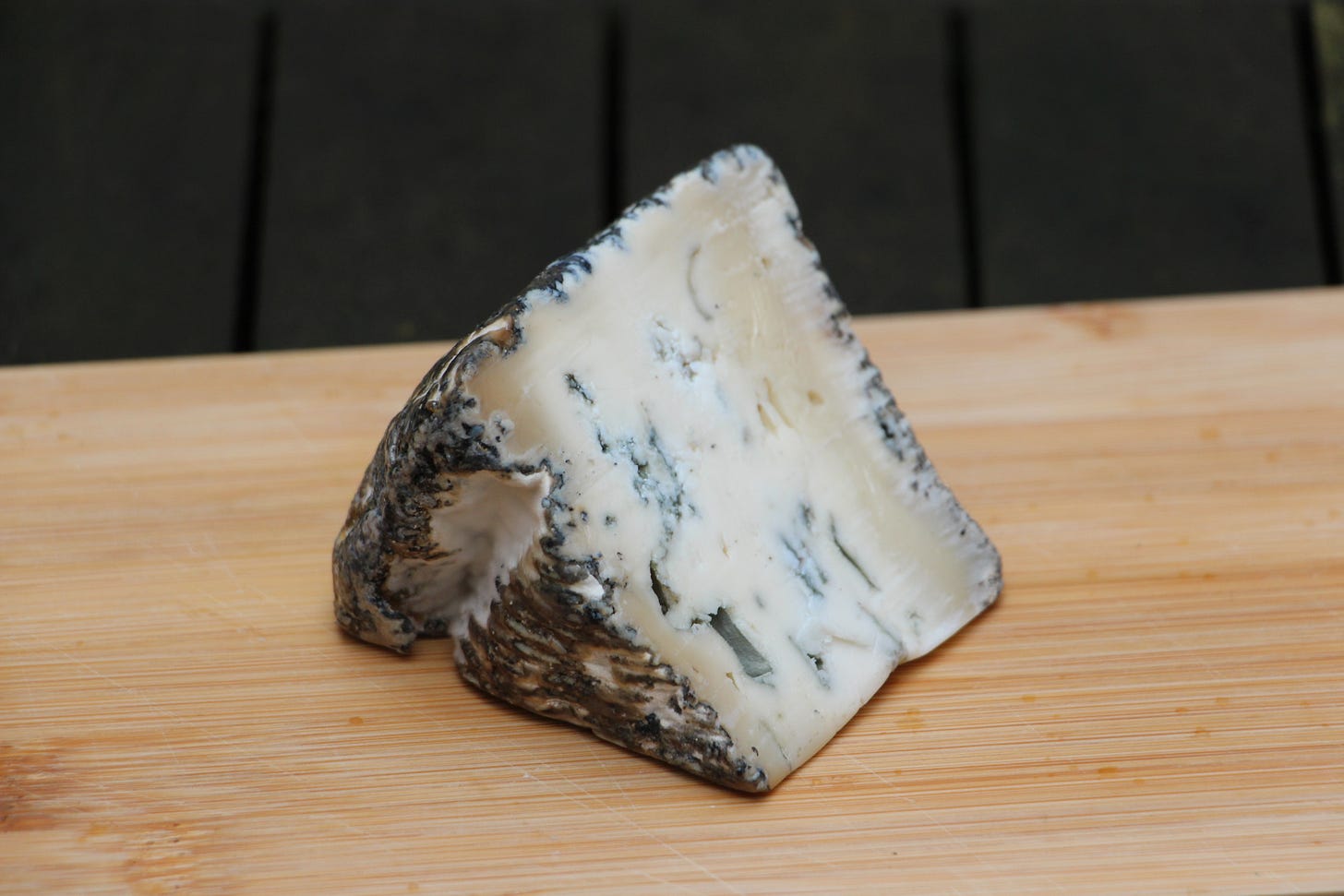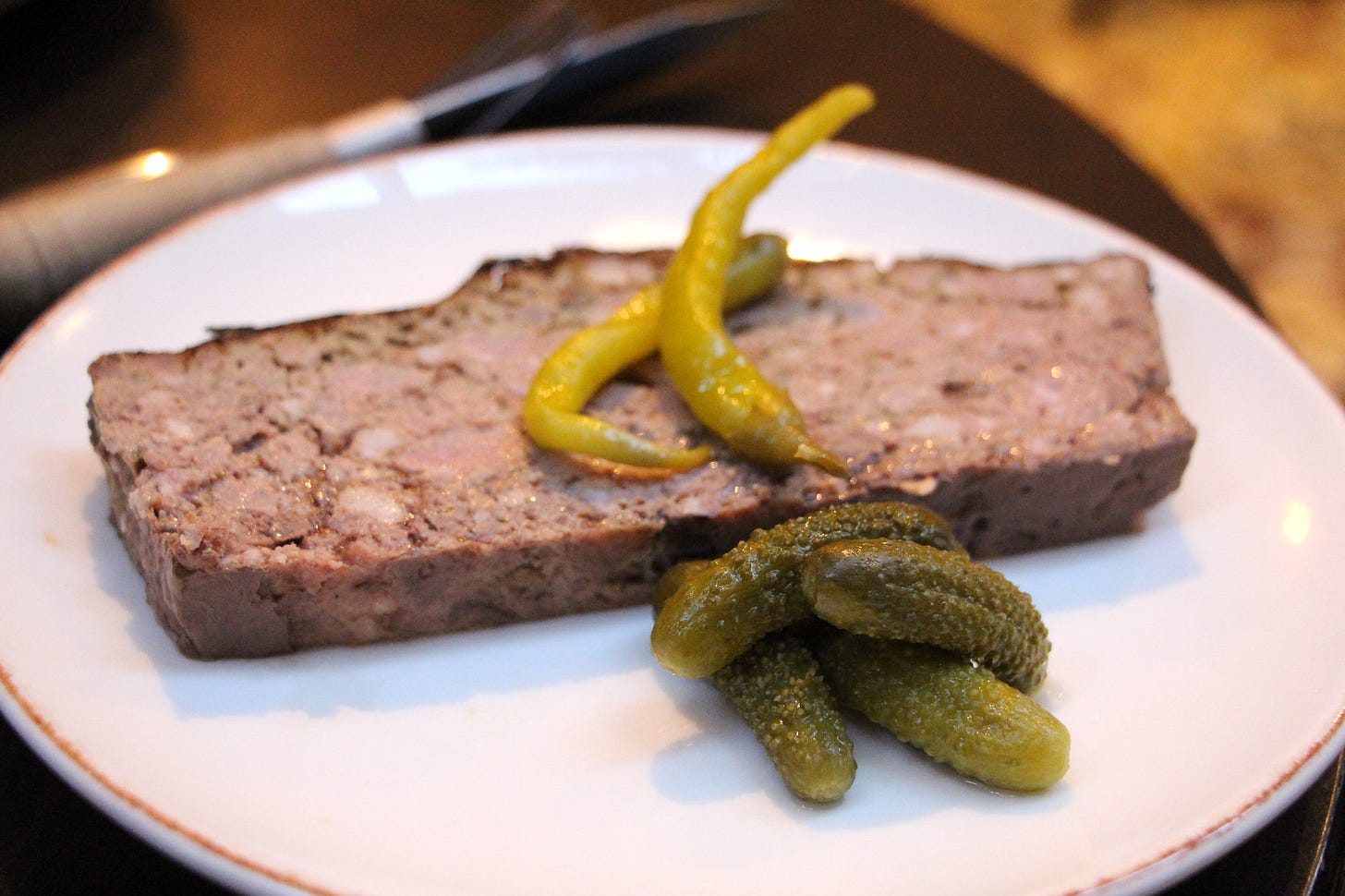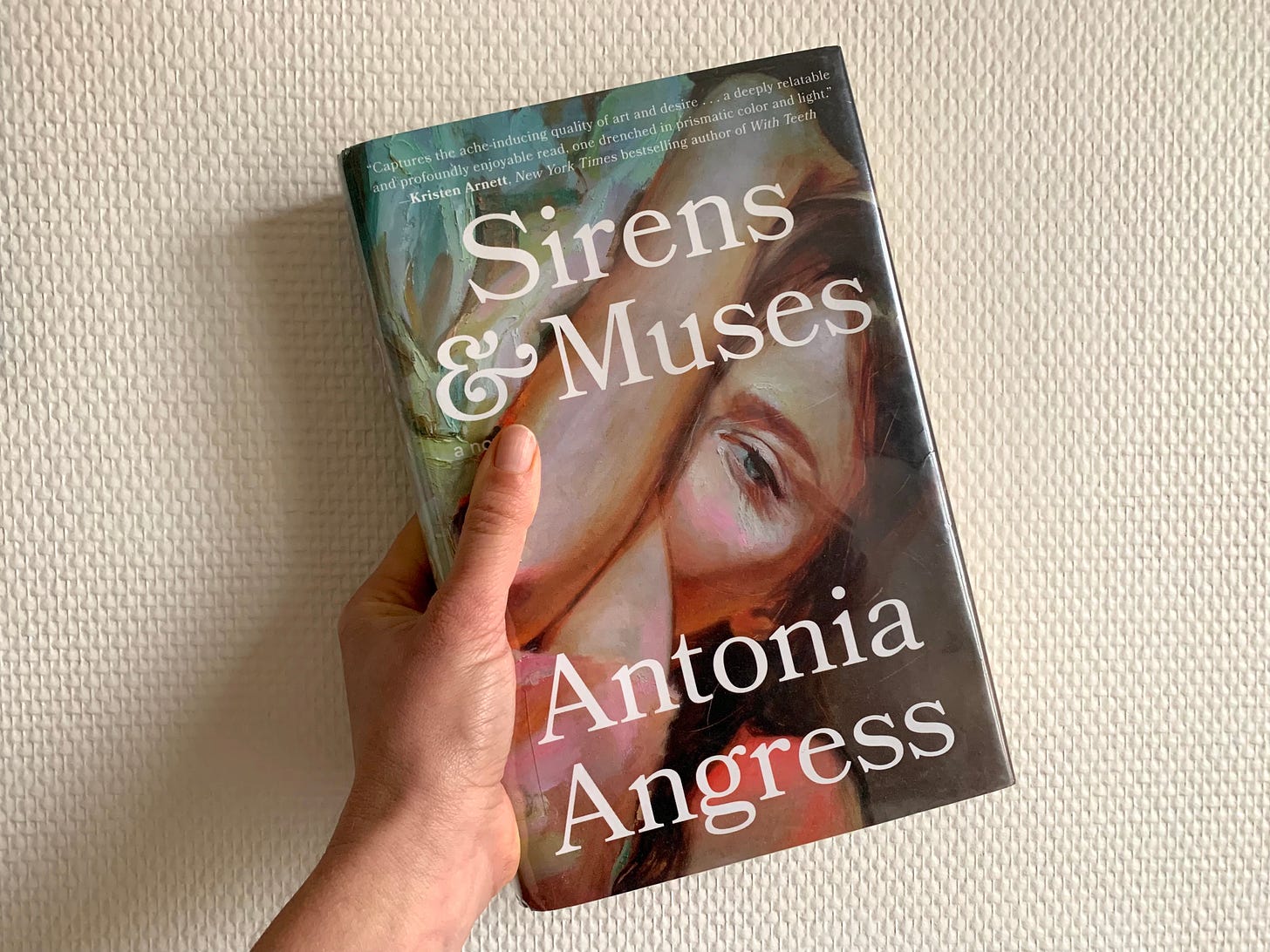When I say I’m a culinary journalist, most people immediately jump to the conclusion that my nine-to-five looks something like Anton Ego meets Julianne Potter. But while tween-me was admittedly enamored with Julia Roberts’ job in My Best Friend’s Wedding, writing about restaurants actually encompasses merely a fraction of my job, most of which is far more of the meeting farmers and fishermen ilk. And I’m not mad about it.
While it may seem super glam to eat for a living, when Pete Wells left his post as the New York Times' restaurant critic after twelve years this summer, the Guardian profiled four of his colleagues on the effects the job has on their health and lifestyle. The Guardian’s own Grace Dent notably detailed just some of the ways she’s attempted to seek balance: by eschewing alcohol, by cooking very healthy at home, by walking a lot.
While I too often find myself bemoaning the very part of my job so many think of as so glamorous, most of the time, I’m lucky enough to eat out just often enough that it doesn't become a hindrance to my health or, perhaps even worse, boring. Still, I welcome the chance to chat with other writers about the hazards and joys of the job – a rarity seeing as for many of us, it’s a pretty solitary gig. But at one recent press event at l’Assaggio, the Piemontese restaurant at the hotel Castille, I got to do just that – with truffles as the star.
Ugo Alciati, international ambassador for Alba white truffles, is the consulting chef for the property, and seeing as he happened to be passing through Paris, the property decided to host an intimate, truffle-scented lunch for a select few journalists. Typically, I don't attend too many lunches of this kind, seeing as they're difficult to write about in a way that serves the reader. I find I’m most useful as a reviewer when my experience resembles as much as possible that of an average diner, which is why when reporting for The Infatuation, I reserve under a pseudonym and don’t accept comps.
But this event wasn't just a once-in-a-lifetime opportunity to sample one of the rarest and most luxurious ingredients. It also gave me the perfect chance to swap stories with my colleagues: on the odd experience of tasting bûches de Noël in an August heat wave, on the unfortunate omnipresence of “perfect” eggs, on the recent transition from rice pudding to ile flottante as the Parisian bistro dessert du jour.
That said, we all went silent when the star of the afternoon arrived.
The first dish saw potato velouté paired with 24-month-old Parmigiano-Reggiano made from the milk of vacca bruna cows, which are known for having a particularly rich milk. A poached egg was settled in the middle, and the entire plate was then topped tableside with three grams of truffles. I’ll admit I wasn't a huge fan of the texture of this dish: The egg was a bit undercooked (read: snotty white) and the potato cream proved a bit gluey. But it’s hard to beat the truffle-egg flavor combo.
Next up, it was time for risotto, made with Acquarello rice and more Parmigiano, this time aged for 36 months for an even deeper flavor. Again, I had some textural qualms with this dish, with rice that proved a bit too toothsome for my taste – as I've noticed is often the case, for example, with the Italian approach to cooking dry pasta. Obviously they're the experts, and this is just one person’s opinion, but I prefer a bit less of a crunch.
The last savory dish was probably my favorite: guinea fowl served on toasted brioche spread with chicken liver mousse and doused in a rich, sticky marsala sauce. This, too, was topped with three grams of white Alba truffle, which contrasted wonderfully with the slightly sweet sauce.
But perhaps the most surprising of the quartet was the dessert: a fior di latte ice cream made with the milk of white Piemontese cows. The ice cream is frozen to order with a special machine that’s apparently not too dissimilar to the one used by McDonald’s, which means I didn't feel too bad when my knee-jerk reaction upon allowing the rich, creamy ice cream to melt on my tongue was: This reminds me of a McFlurry. And I wasn't alone! Fortunately, the only similarities were in texture; flavor-wise, this tasted like the richest, freshest milk with just a soupçon of sweetness.
I left the meal feeling so uniquely privileged, and the truffles were only part of it. Getting the chance to meet people so passionate about the same things that drives me – terroir, conviviality, a celebration of pleasure – is one of the many reasons I still love this job.
Cheese of the Week
Most of France’s most familiar blue cheeses are either made with sheep’s milk, like Roquefort, or cow’s milk, like Fourme d’Ambert or Bleu d’Auvergne. But thanks to the folks from La Ferme de la Tremblaye in the Yvelines, just outside of Paris, I got my hands on a rich, creamy goat’s milk blue I absolutely adored. This cheese offers the perfect balance between the slightly acidic, caprine notes fans of chèvre know well and a present but mild blue pungency, all rounded out by a lovely sweet cream note.
To discover more of my favorite cheeses, be sure to follow me on Instagram @emily_in_france, subscribe to my YouTube channel, and tune into the Terroir Podcast, where Caroline Conner and I delve into France's cheese, wine, and more one region at a time.
What I’m Eating
One French expression I love is dans son jus. Technically meaning “in its juice,” it’s an idiom that refers to something old that has not been refurbished, restored, or upgraded. It eludes strict translation, but when it comes to bistros, it definitely evokes other descriptors: Humble. Honest. No-frills. All of which are words I’d use to describe le Normandie, an unassuming bistro on the far side of the butte Montmartre. More on the blog.
Where I’m Going
1. To the American Library in Paris, to cheer on my lovely friends and fellow foodies Jane Bertch and Rosa Jackson as they discuss their respective memoirs, The French Ingredient and Niçoise .
2. To Bill & Rosa’s Book Room, an Anglophone bookshop in Boulogne-Billancourt, to give a cheese tasting to curious biblio/turophiles like myself.
3. To Lisbon!
What I'm Writing
1. Wander into a random restaurant in Montmartre, and chances are, you’re gearing up for a pricey bummer of a meal. But if you know where to look, you'll find many gems hiding among the tourist traps. For the Infatuation.
2. From the archives: One of France’s last remaining sustainable fishermen on the Normandy coast remains stalwartly dedicated to providing the prized blue lobster to restaurants and home dinner tables. For the BBC.
3. From the archives: For serious wine lovers, the name Beaujolais carries slightly naff connotations – but a new generation of winemakers sees things differently. Everything you need to know about Beaujolais Nouveau, for the Culture Trip.
What I'm Saying
Parisians go about the daily grind just like any other urban denizens. In Paris specifically, the expression metro-boulot-dodo – metro, work, sleep – is used to evoke the somewhat mind-numbing nature of that day-to-day. But this week’s Navigating the French guest, author Andrew Martin, delves into the reality of Paris’ métropolitan, from its beginnings as an echo of London’s Underground to a social and aesthetic touchstone of the City of Light – both in his Metropolitain: An Ode to the Paris Metro and on this week’s podcast episode.
FAQs
With the goal of bringing you the content you crave, I've solicited your help. What questions can I answer for you? Drop them into the newsletter chat, and I’ll answer as many as I can!
What I'm Reading
1. I love when a work of fiction grants me insight into a universe I do not know very well, as Sirens and Muses does so well for the art world. From art school to the homes of prominent and privileged collectors to the gallery scene, this book sets a robust stage upon which to hang its four interwoven stories. I had my favorites among the protagonists, and unfortunately, the ones I loved best had the least satisfying endings, but the realistic imperfection of the love stories and the incredible artistic detail rendered in text kept me engrossed from beginning to end.
2. This enlightening insight about Paris’ street numbering system, perfect for people like me with a poor sense of direction. In Absolutely French.
3. This list of the best American dishes. And while I’m very sad a bagel with lox is not on here, it’s a pretty good selection. In CNN.
A bientôt !



